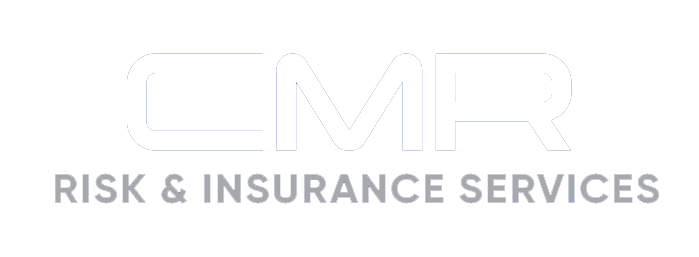Protecting Your Workforce During Extreme Heat: Risk Management & Workers' Comp Insights

As temperatures climb across the country, July marks Extreme Heat Awareness Month—a timely reminder for employers to evaluate the risks extreme heat poses to their workforce, especially those in outdoor or non-climate-controlled environments.
Heat-related illnesses can happen quickly and have serious consequences. From heat exhaustion and dehydration to heat stroke, the impacts are not just health-related—they also tie directly into your workers’ compensation exposure and overall risk profile.
Why It Matters for Employers
When an employee suffers a heat-related illness on the job, the resulting workers’ compensation claim can include medical costs, lost time, and even litigation if safety procedures aren’t well-documented or enforced. In industries like construction, landscaping, agriculture, and warehousing, these risks are amplified.
Even a single incident can affect:
- Your workers’ compensation premium over time
- Employee morale and trust
- Regulatory compliance with Cal/OSHA or federal OSHA heat illness standards
“Ease new and returning employees back to work. Nearly 3 out of 4 fatalities from heat illness happen during the first week of work.” said Joel Sandoval, Risk Management Specialist at CMR Risk & Insurance Services.
Proactive Risk Management Strategies
1. Create a Heat Illness Prevention Plan
Develop written procedures that include access to water, shade, rest breaks, and acclimatization protocols. Ensure team leads and managers know how to spot early warning signs of heat stress.
2. Train and Educate Your Workforce
Include heat safety training as part of onboarding and seasonal safety talks. Use real-life examples to drive the message home.
3. Monitor Conditions Daily
Use local heat index reports or apps to assess whether the work environment may require modified schedules or increased break frequency.
4. Adjust Work Hours Where Possible
When feasible, shift outdoor or strenuous tasks to early morning or evening hours to avoid peak heat.
5. Track and Review Incidents
All incidents and near-misses should be logged and reviewed to identify patterns and improvements. Pair this with an updated safety committee review.
Stay Ahead of the Heat—And the Risk
Extreme heat is more than just a weather forecast—it’s a workplace hazard. By incorporating heat awareness into your risk management strategy, you not only protect your employees but also strengthen your organization’s culture of safety and reduce long-term claim costs.
Contact CMR to learn more.
